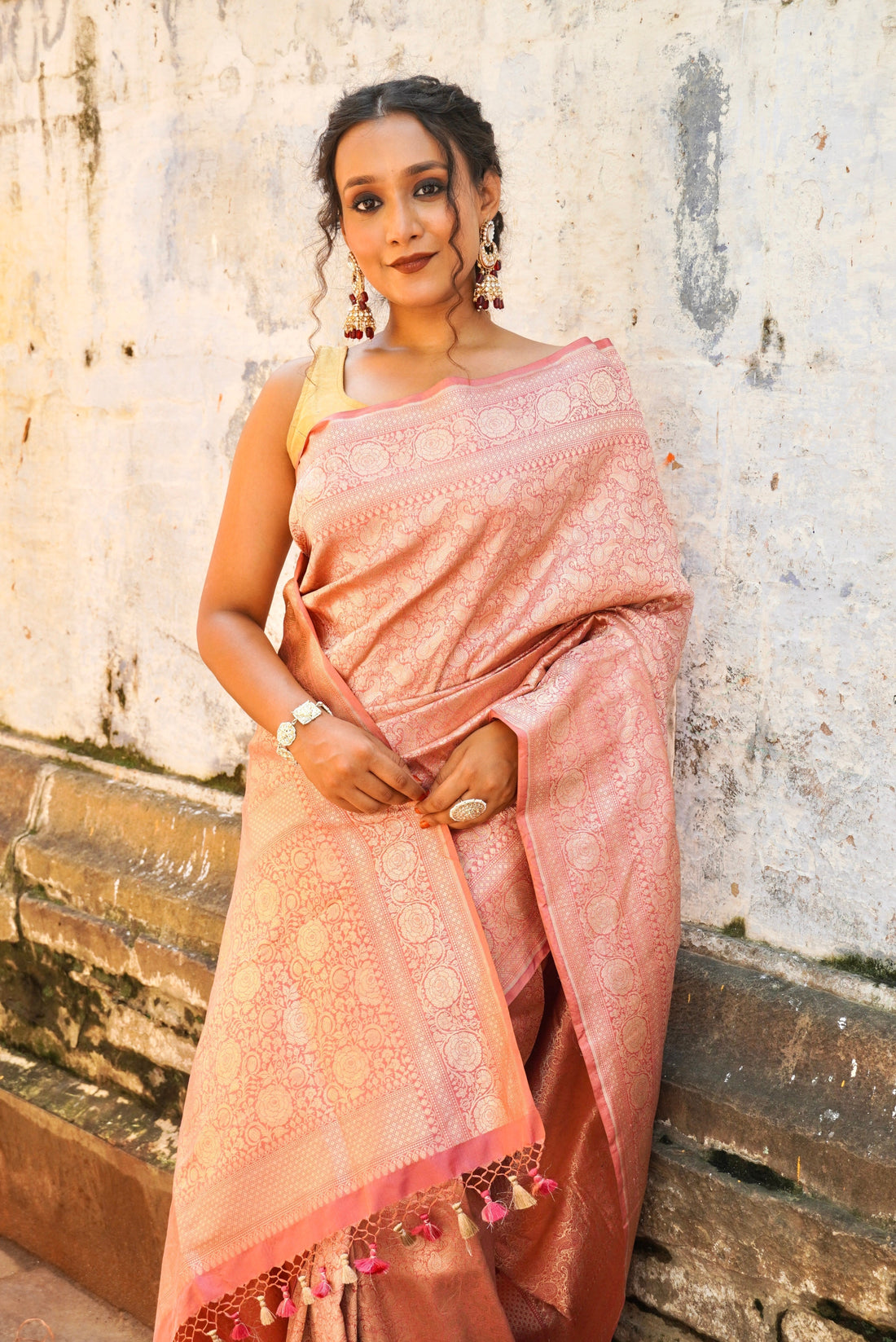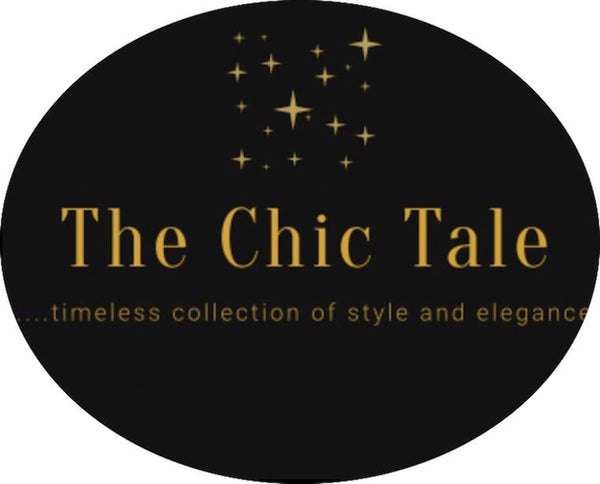
Identifying the Soul in the Threads: Your Guide to Recognizing a Handwoven Saree
Share
The Art of Touch: Unveiling the Secrets of a Handwoven Saree with The Chic Tale
In a world increasingly dominated by mass production, the true luxury lies in the handmade. At The Chic Tale, we believe in preserving the rich heritage of Indian textiles, bringing you sarees that are not just garments, but stories spun thread by thread by the masterful hands of artisans. Each handwoven saree from our collection is a testament to tradition, skill, and unparalleled beauty.
But how can you, the discerning connoisseur, truly identify a genuine handloom creation amidst a sea of machine-made imitations? Fear not! This guide will equip you with the knowledge to appreciate and identify the authentic beauty that defines every The Chic Tale saree.
1. The Texture Tells a Tale: The Signature of Handloom
The most immediate and telling way to recognize a handwoven saree is through its texture. Unlike the flawless, almost sterile uniformity of machine-made fabrics, handlooms possess a charming, slightly uneven character that speaks of human touch.
Feel the Fabric: Run your fingers across a saree from The Chic Tale. Can you detect subtle variations in the weave – a slight ebb and flow in the thickness of the threads? This delicate irregularity is a hallmark of hand weaving, where each shuttle pass is guided by human hands. Machine-made sarees, by contrast, will feel consistently smooth and almost too perfect.
Look Closely: Examine the weave under natural light. In a handwoven saree, you might notice minor slubs (thicker areas in the yarn) or minuscule irregularities in the alignment of the warp and weft threads. These are not flaws; they are the unique fingerprints of the weaver, celebrating the artisanal process. It’s these subtle nuances that give The Chic Tale sarees their distinctive soul.

2. The Border and Pallu: Where Artistry Resides
The borders (kinari) and the decorative end panel (pallu) of a handwoven saree are often where the weaver's true artistry shines. These intricate sections are a powerful indicator of authenticity.
Intricate Designs: Handloom weavers, with their centuries-old techniques, can create extraordinarily elaborate and detailed motifs that are incredibly difficult, if not impossible, to replicate perfectly by machine. Look for designs with depth, sharpness, and a sense of organic flow. The patterns on The Chic Tale sarees often tell regional stories through their motifs.
The Reverse Side Reveal: This is a crucial test! Turn the saree over and meticulously examine the reverse side of the border and pallu. In a genuine handwoven saree, the patterns on the reverse will often be less defined or slightly diffused compared to the front, but you will clearly see the interlacing of the different colored threads, often with loose threads or floats where colors change. Machine-woven designs, however, frequently appear almost identical and "clean" on both sides, or may even have a papery backing.

3. The Selvedge: A Subtle Yet Strong Clue
The selvedge – the finished, self-edges running along the length of the saree – can also offer compelling clues about its origin.
Hand-tied Edges: In many traditional handwoven sarees, especially those from specific weaving clusters, you might notice tiny loops, fine knots, or even slight variations in the thickness along the selvedge where the weft threads are skillfully tied off or turned by hand. This level of meticulousness is rarely found in machine production.
Uniqueness in Uniformity: While both handwoven and machine-made sarees have finished edges, the selvedge of a handloom piece might exhibit a natural, almost organic consistency, rather than the absolute, mechanical perfection of a power loom product. Each The Chic Tale saree reflects this dedication to authentic finishing.
4. The Price and the Story: Value Beyond Cost
While price isn't the sole indicator, genuine handwoven sarees almost always command a higher price due to the immense labor, time, and generational skill invested in their creation. A single handloom saree can take days, even weeks, to weave.
Beyond the Tag: When you choose a saree from The Chic Tale, you're not just buying a piece of clothing; you're investing in a legacy. You're supporting artisan communities, sustainable practices, and the preservation of an ancient craft.
Our Commitment: At The Chic Tale, we are proud to offer only authentic handwoven sarees, sourced directly from master weavers across India. We believe in transparency and invite you to learn the story behind each exquisite piece.

By embracing these subtle yet significant details – the unique texture, the artistry of the pallu, the character of the selvedge, and the inherent value of human effort – you can confidently identify and appreciate the timeless beauty of a handwoven saree. Explore The Chic Tale collection and discover the magic that only true handloom artistry can offer.
Each saree awaits its unique story with you.
See you around,
Stay Chic
Shelly!
